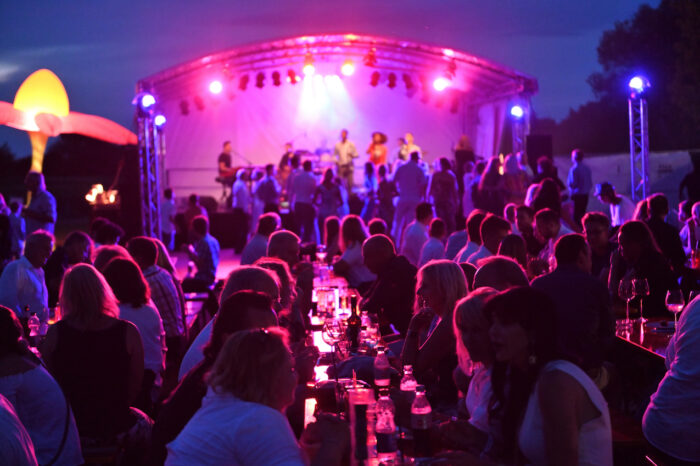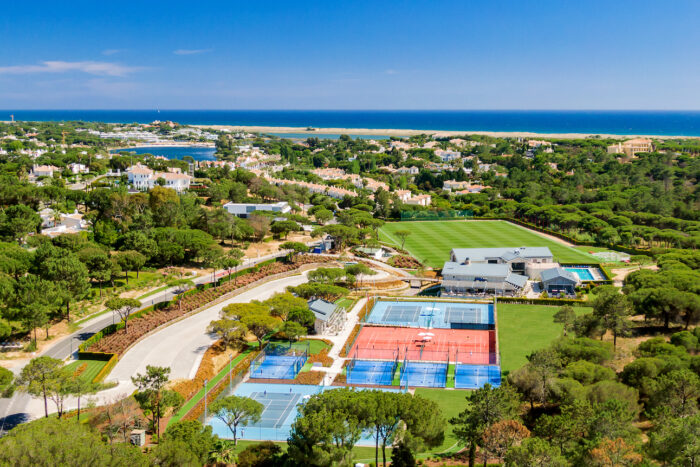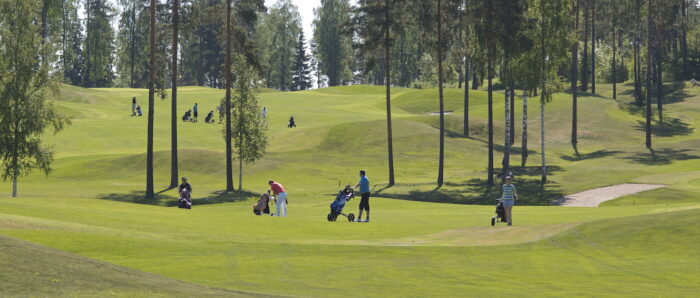50% of new members at top golf clubs are women
A survey of 30 top golf venues around the world has found that there has been a significant increase in memberships since the pandemic began, with a major shift towards younger and female golfers.
The findings come in an audit of European Tour Destinations, a network of 30 world class golf venues, and they show that nearly a third have increased their annual fees by between 10 and 20 percent and more than three-quarters are planning capital investment in new amenities over the next 12 months.
Half of new golf members at Finca Cortesin and PGA Catalunya Golf and Wellness in Spain, and Quinta do Lago and Bom Sucesso in Portugal, are women.
“Across the European Tour Destinations network there has been a significant shift in golf membership,” says head of European Tour Destinations, Ian Knox.
“The main challenge for general managers going forward is to understand the membership base and what they are looking for.
“Often, members are now looking to play at different times, they are looking for different amenities from the club and opportunities for their families to come along.
“There’s no doubt that destinations are rethinking membership.”
“There have been two new trends,” explains Golf Club St. Leon-Rot in Germany’s general manager, Eicko Schulz-Hanßen.

Golf Club St. Leon-Rot
“Firstly, we have grown our membership. Normally, we would get 50 new members, but we might lose 20 to 30 each year. This year, we will have 60 to 70 new members and they will all be active.
“Secondly, we have less members leaving or becoming inactive.”
Schulz-Hanßen attributes the change to a desire to improve lifestyles, with people building in activities on a daily and weekly basis to achieve a better work-life balance.
At the same time, while demand for corporate membership has increased, corporate events are predicted to decline.
This situation is now prompting a rethink on the club’s customer offering – and a swing towards membership experience.
First on the investment plan is a restaurant refurbishment.
“We understand that 80 to 90 percent of our revenues are related directly to members, so we are putting more focus on the membership,” Eicko Schulz-Hanßen continues.
“We understand that people in the future will spend more time at the club, using the restaurant more, including for private functions, because they are familiar and safe surroundings.
“Our strategy is to increase our value as a golf and country club. We may look at introducing other sports such as tennis, but we are definitely going to invest in the restaurant, and we will encourage members to spend more time here.”
“Growing our membership over the next three to five years will give us solid revenue.”
“We had to change our strategy due to the fact we have had more demand than we were expecting,” explains Luis Filipe, corporate and leisure relations director at Quinta do Lago, Portugal.

Quinta do Lago
“We didn’t want to create a large number of members and then have a lack of starting times for visitors.
“Basically, our strategy has been to put up the prices of membership in order to get the right balance between the membership and visitors in the resort.”
According to Filipe, there has been a fundamental shift in clientele and the way they use the resort, which now benefits from a raft of new sport and leisure amenities.
“The clientele now are younger and have chosen Quinta do Lago to be their number one home – and due to that fact they are playing more golf than they used to,” he said.
“People are valuing more their quality of life, the quality of family life, in a sunny destination where they can play golf and enjoy themselves. It’s stress free, and a more sustainable way of life.”
Linna Golf in Finland’s green fee revenues soared by 80 percent last year due to the pandemic.
It has also added nearly 100 new playing members since 2018, predominantly younger people, in addition to its 250 shareholder members.
It’s left the destination’s CEO, Esa Honkalehto, asking an important question that the whole golf industry is facing: “Is the demand still going to be the same? You never know after Covid.”
“Our target market was – and still is – young players born in the 1990s,” explains Honkalehto.

Linna Golf
“Of the 100 new members, approximately 60 are young people. And the reason why they have chosen us is the quality.
“I would call them trendsetters; many of them are actually local ice hockey players and their friends. We are also targeting small groups and the opinion leaders within those small groups.”
Linna Golf has noticed how the new members have changed the ambiance and sense of community within the club.
“They are more regular players,” continues Honkalehto. “We have organised a lot of events and competitions for them and they have been keen to participate. The more satisfied they are, the more they bring their friends to join this community.
“The young people have brought a spirit – and it is very different to what it was.”















On the surface, a great thing !! Problem is, most clubs ignore women when it comes to, planning, programs and offerings !! Get them involved, give them a “seat at the table” and value their participation and long term success will be yours !! Many clubs have women join !! Too many can’t keep tehm !!